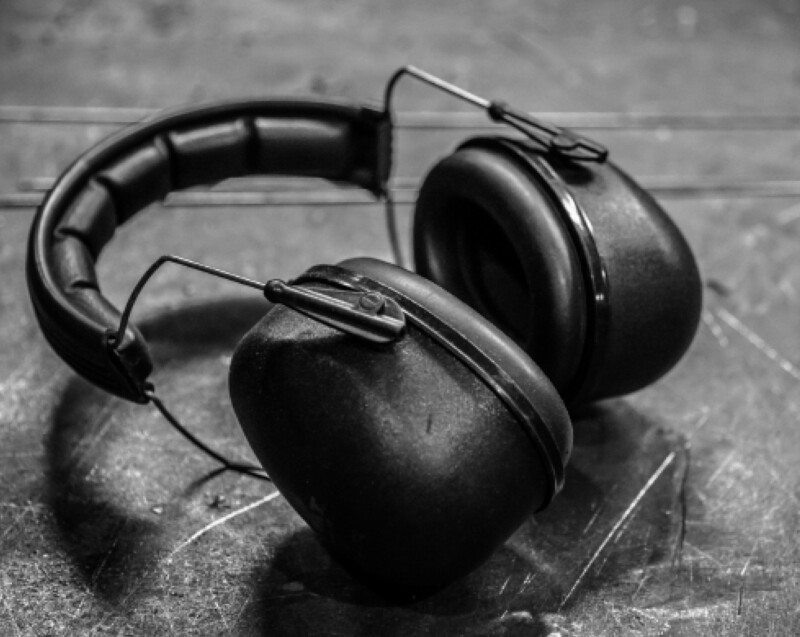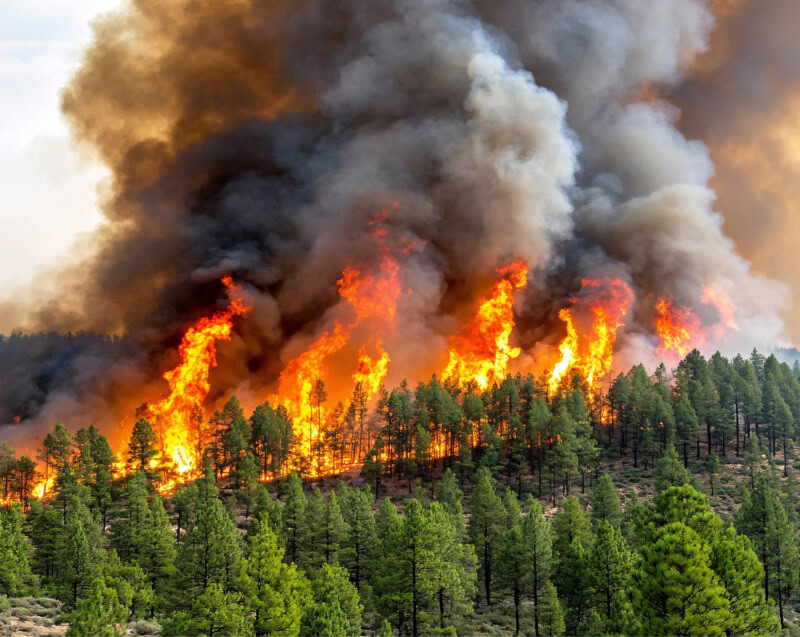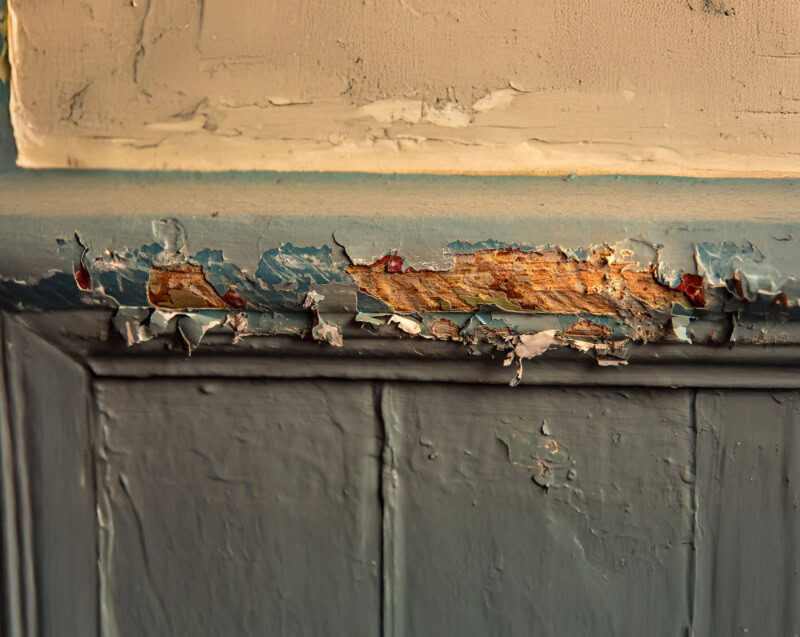One of the most common types of pollution in industrial environments is noise. The CDC estimates that 22 million workers are exposed to damaging noise at work every year. But hearing loss from damaging noise is preventable through proper industrial hygiene controls. We sat down with Cole Ledbetter, a certified industrial hygienist at CTEH, to discuss the science of noise monitoring.
What is noise monitoring?
There are three major types of noise monitoring. The first is personal noise monitoring, or occupational exposure assessments. The second is area noise monitoring, or creation of noise contours, and delineating noise patterns and flows. The third type is environmental noise monitoring, so that’s more of determining offsite noise impact from a location. So, we’re checking if we’re disturbing neighbors, or if we have complaints, or how loud it is at a fence line.
What is noise contouring?
A noise contour is a topographical map of sound flow. We take a series of area and sound pressure level measurements, and we get a color contour of how the noise propagates and flows around the facility at that given time. So we’d see how it reverberates off of walls, floors, ceilings, and all that kind of stuff. We use a sound level meter to get the data, then the data is loaded into software that creates the contour.
What kind of noises do we measure?
Any and all, including industries like oil and gas, pipelines, manufacturing, and more. Noise is prolific – often we’re driven by OSHA compliance because OSHA stipulates you have to have noise data for certain processes. Other drivers could be if workers are showing hearing loss, or even if workers are just complaining that it’s loud. A lot of people do noise monitoring routinely every few years, to keep a handle on it.
How do we help mitigate noise?
You follow a hierarchy of controls. You eliminate it: you get rid of the noise source by repairing the problem or removing the problem. Maybe it’s made by a bad bearing, or a bad motor, so then you’d take it out and replace it. If it’s something that can’t be replaced, you could create barriers or install acoustical shielding on walls and ceilings to absorb noise. You could build control rooms or other methods to limit employee exposure, removing the noise source from the worker, or vice-versa.
There’s also training, like putting up administrative signage to delineate where the noises are worst, or requiring hearing protection in certain areas. But personal protective equipment is the last line of defense in anything.
How can CTEH help?
We assess the noise, and we create recommendations for how to mitigate it. We often create the noise contour while we’re on site. We’ve done hundreds of projects like this and have lots of experience interacting with regulators. We can get to the site fast, bring technical acumen, and have a quality-checked report completed.
Do you have noise monitoring or other industrial hygiene and safety services needs? Visit our website.




